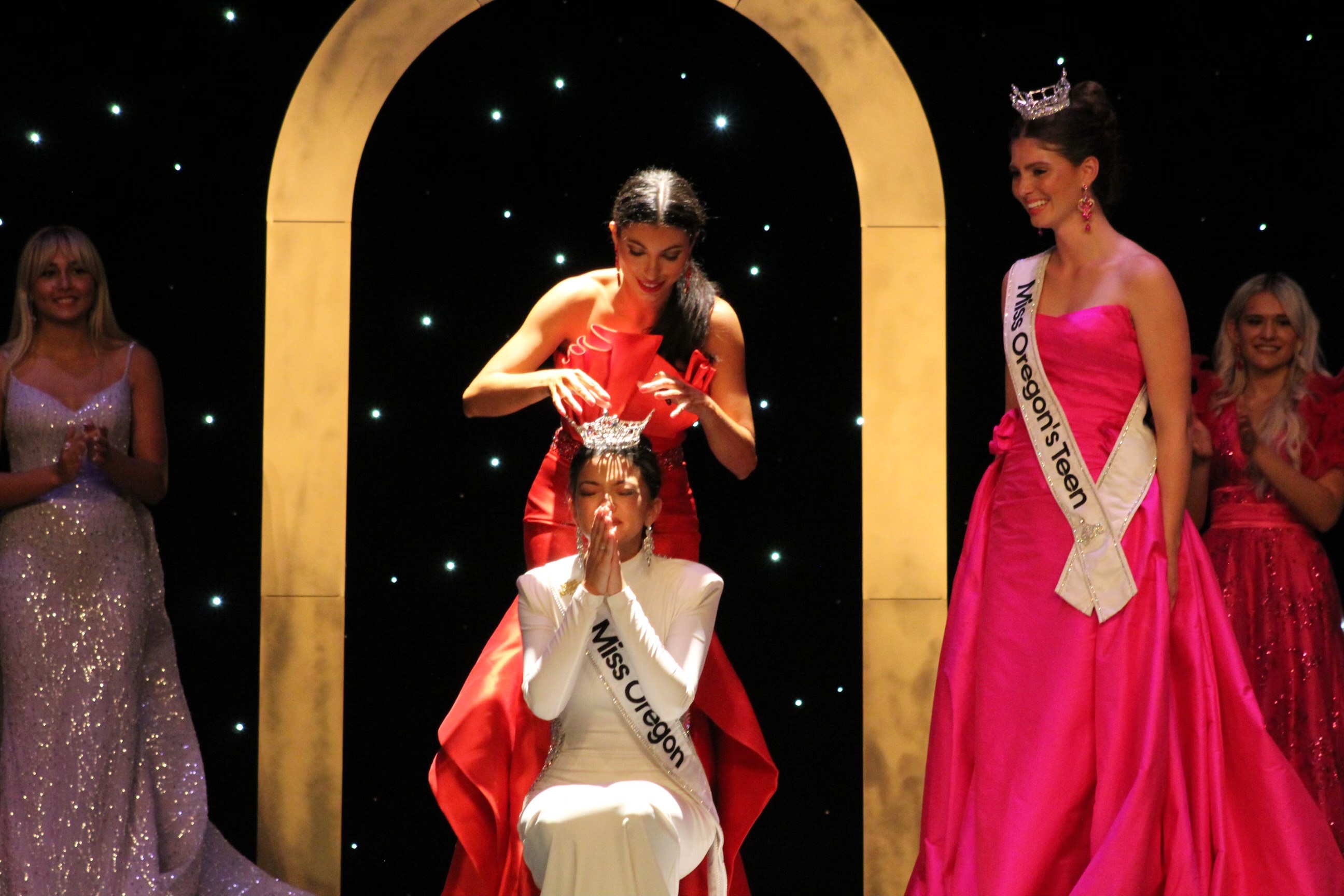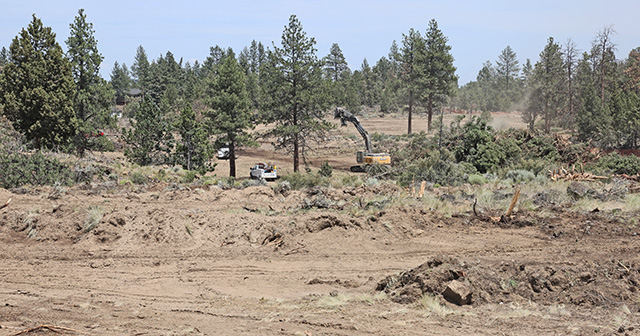Not for web
Published 9:00 pm Wednesday, July 10, 2024
Kids these days seem to be doing everything but studying: starting up tech companies, leading assorted extracurriculars and, of course, protesting on the lawn. This may sound like a classic “back in my day” spiel from an out-of-touch old man, but it’s actually my firsthand experience. I recently graduated from Harvard University, and was struck by how little time my peers and I spent hitting the books.
Complaints about students’ declining work ethic are nothing new, extending back to an 1894 Harvard commission claiming students had begun to hand in mediocre work. So, are today’s students really lazier than their predecessors, or am I pining for a mythical academic golden age?
Thanks to new data, we know the answer.
It’s true that students in the wake of World War II worked a lot harder than all who came after them. In the early 1960s, the average student put in about 25 hours per week. By 2000, that number had fallen to about 14 hours, a 44% decline, and it has stayed around that level ever since. In other words, baby boomers experienced the most rapid fall in academic standards, but today’s students work about as hard on academics as millennials and Gen X did.
The easiest explanation for this slide is technology. I can type essays and analyze data in ways my grandparents could not — much faster ways. I can also be (and often am) distracted more easily by technology. Yet the technology excuse doesn’t stand up to reason, because the greatest drop in academic effort happened from about 1960 to 1980, well before the widespread use of personal computers, according to economists Philip S. Babcock and Mindy Marks, who have studied the available data.
Marks considers the Vietnam War a more plausible explanation for the steep drop in rigor. During the war and military draft, professors gave students higher marks to help ensure they weren’t kicked out and subsequently sent overseas. The Vietnam era had steeper grade inflation than any time since. Once standards fell, picking them back up was difficult.
More recent data from UCLA’s Higher Education Research Institute suggest that the effort students put into academic work has remained stable since 2000. Students today are working about as hard as, or even a bit harder than, those 20 years prior, a result corroborated by other data sources.
Another relevant shift, in the early 1980s, was a rise in college tuition — large enough to outpace growth in median income. This forced more students to work part-time to pay for school, a change that left less time for studying. Also, the higher tuition rose, the more families viewed it as an “investment” in a future high-paying job.
The real question, then, isn’t whether today’s students are lazy. Nor should we be asking whether to scrap outside-of-class activities and return to the academic focus of the mid-20th century.
The focus should instead be on how students spend their free time outside of work, whether academic or extracurricular.
It turns out that there has been a steady decline in college partying since the Great Recession as well as a precipitous drop in general socializing among young adults. This is probably due to the advent of ubiquitous smartphones and social media.
No wonder undergraduates, who are spending less time with one another and more glued to their devices, also exhibit record levels of anxiety and depression. To be sure, there is still much we don’t know about the relationship between technology and mental health, but it’s fair to assume that trading face-to-face time for scrolling isn’t a recipe for a meaningful or enjoyable college experience.
It’s been six weeks since I graduated, but it hasn’t taken long to discover that I was a misled curmudgeon, focusing too much on my generation’s dedication to academics. Our work ethic is fine; it’s our social habits that need work.







